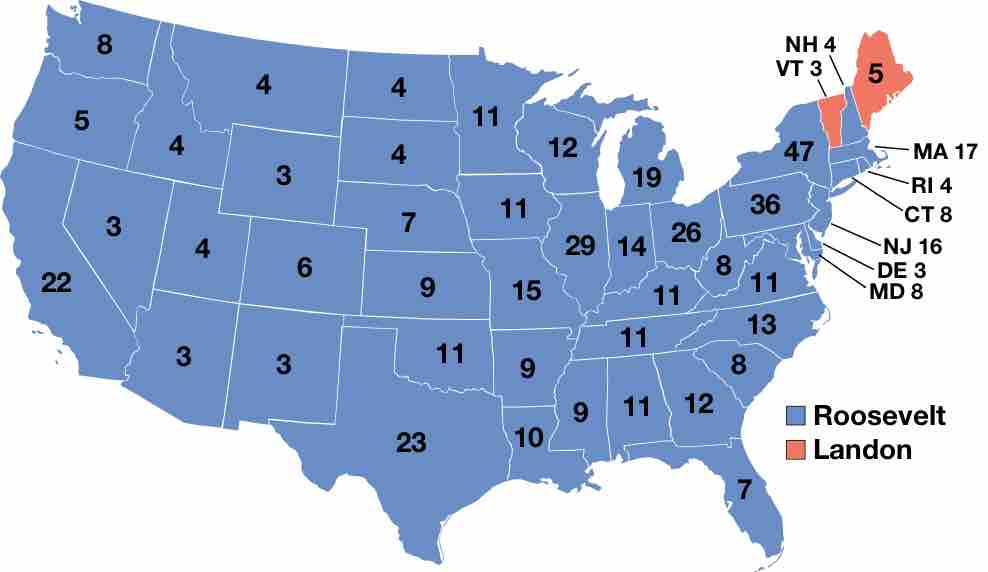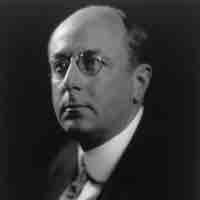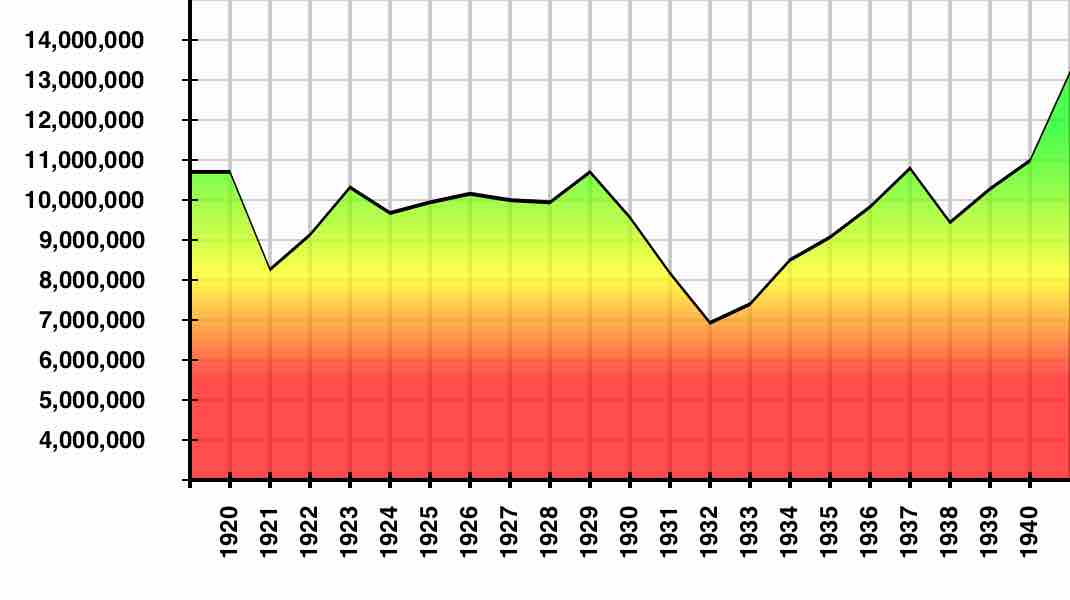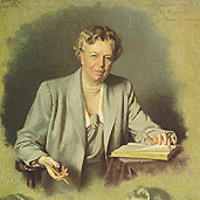Section 6
Roosevelt's Second Term
By Boundless

The presidential election of 1936 was the most lopsided U.S. presidential election in terms of electoral votes and the second biggest victory in terms of the popular vote.

The Judicial Procedures Reform Bill of 1937, commonly referred to as "the court-packing plan," was proposed by FDR to gain political control over the US Supreme Court.

The Recession of 1937–1938 was an economic downturn that occurred during the Great Depression.
The New Deal and the economic growth during World War II greatly empowered American labor unions, which resulted in the dramatic increase of union membership.
During the final stage of the New Deal, the Roosevelt administration introduced far fewer initiatives than during FDR's first term but still passed some influential legislative initiatives.

Eleanor Roosevelt redefined the role of the First Lady of the United States and remained politically active after her tenure in the White House.